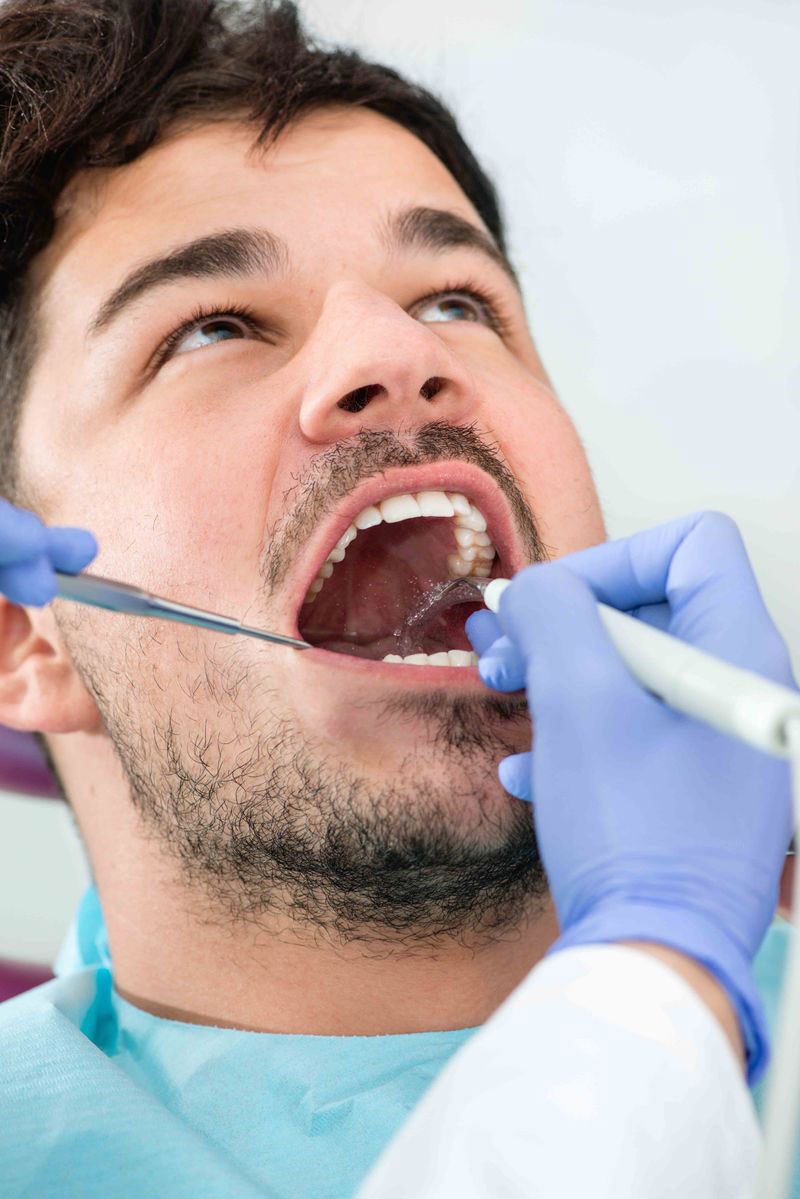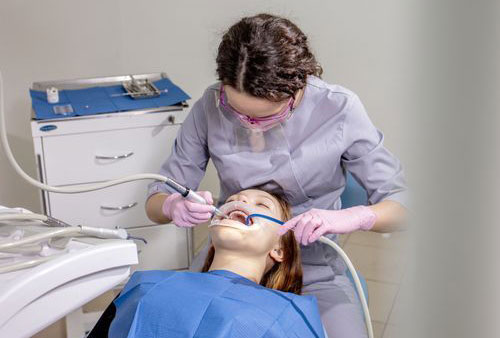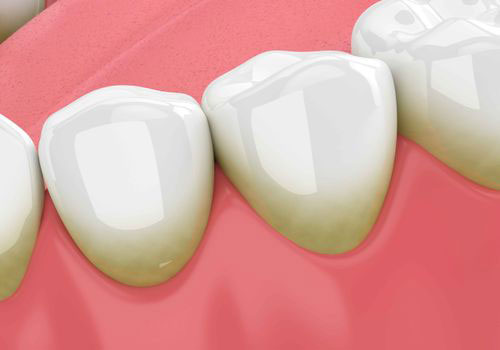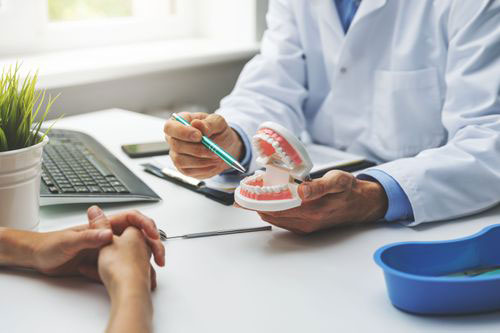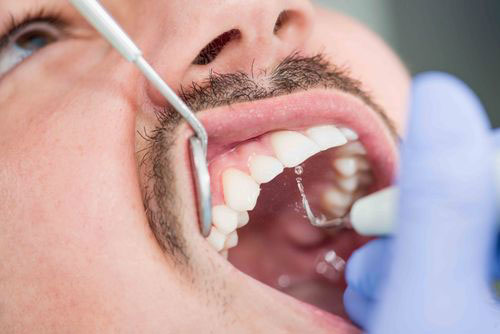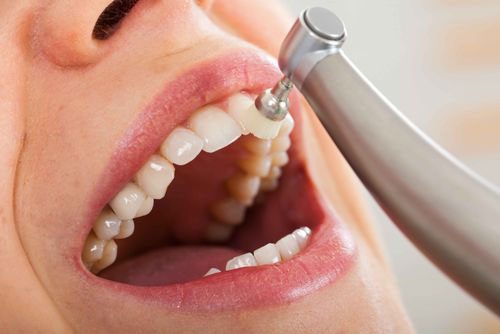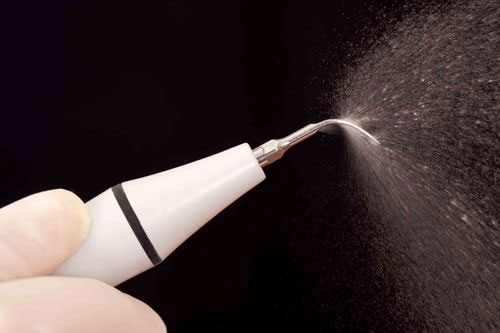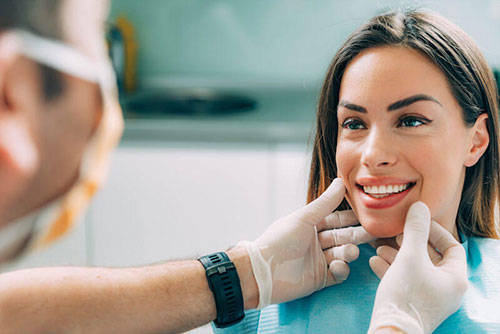What Is Biofilm Therapy?
Guided biofilm therapy is a new special technique used to clean patients’ teeth to prevent tooth decay and gum disease. It is less invasive, more comfortable, and preserves more of the natural tooth structure compared to traditional scaling and polishing.
Guided biofilm therapy is different because it’s gentle and doesn’t require manually scraping off plaque. Instead, a harmless nontoxic dye is applied to the teeth. This dye is used to identify where plaque and tartar are located as it dyes any present calculus, exposing their location and appearing in different colors to reveal how long it has accumulated.
Then, we use a special airflow device known as the Airflow Max which combines heat, water, and fine particles. While biofilm therapy doesn’t completely eliminate the need for scraping away tartar, it greatly minimizes the need for it and it does so more gently, with a smart handle that emits waves.
Ghina Morad, DMD is proud to be the first office certified in biofilm therapy in the peninsula as an EMS office. Contact us today to schedule a consultation with.
Book a Visit

